While we could discuss the many diverse aspects of Tourmaline all day, we’ve narrowed it down to the most famous varieties you may recognize. Each has their own unique color (or colors!) and characteristics. Though Stag & Finch has worked with Tourmaline for years, its range of colors and combinations never ceases to amaze us!
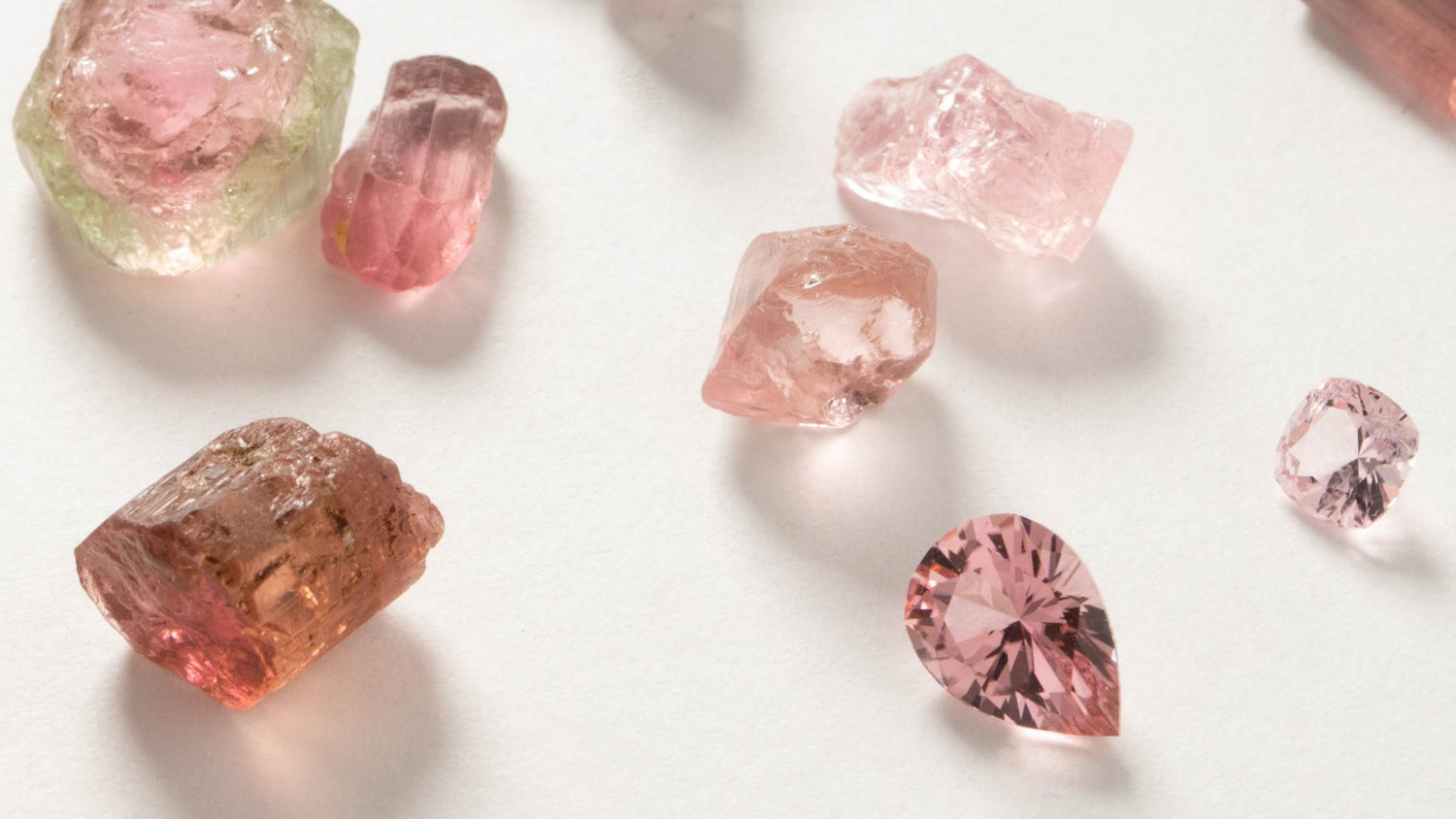
A Kaleidoscope of Color
One of the most remarkable features of tourmaline is its dazzling array of colors. While it can be found in almost every color of the rainbow, some tourmalines are known for their distinctive shades and are even named accordingly:
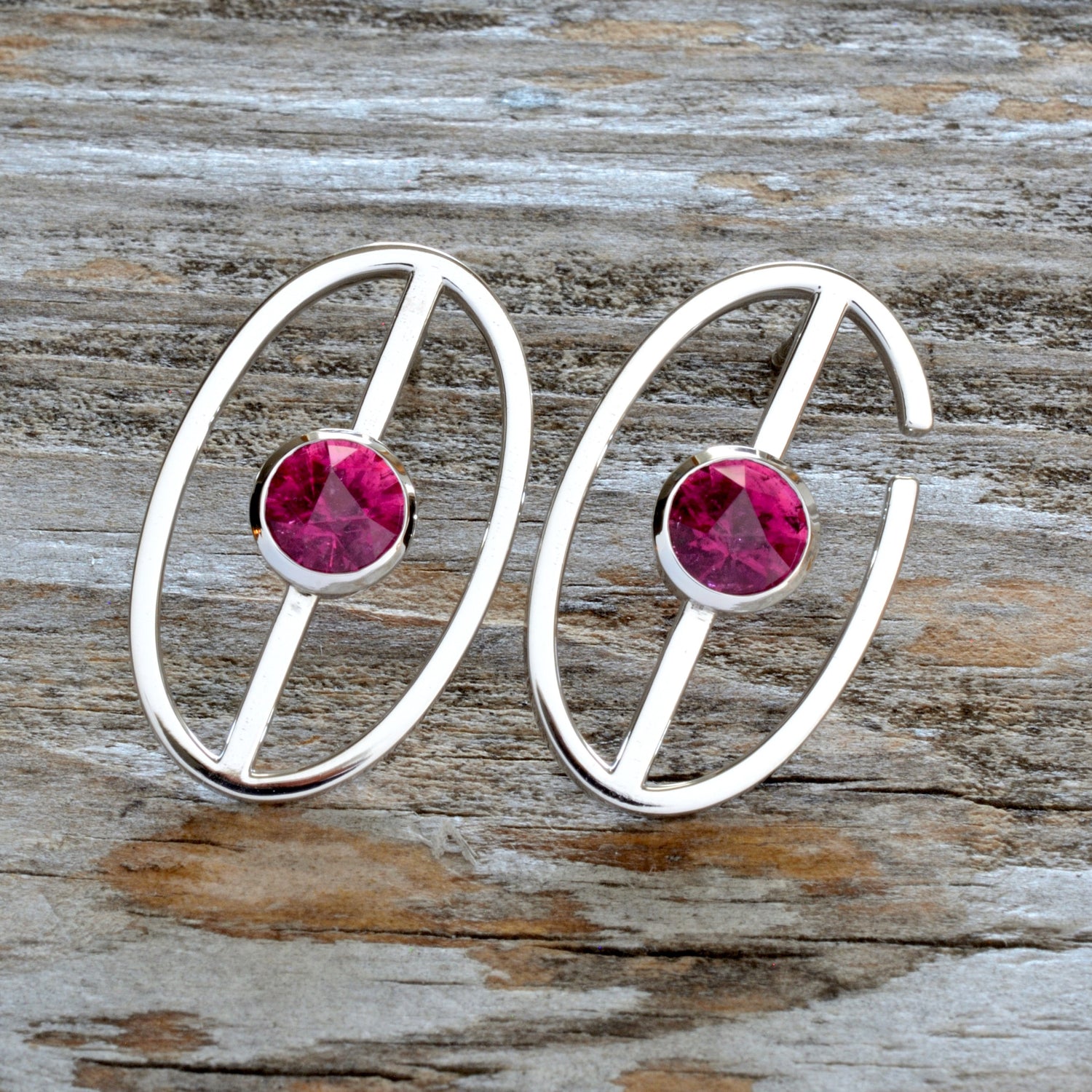
Rubellite: This vibrant tourmaline ranges from pink to red and is prized for its rich and vivid hues as well as its rarity. While not as rare as the famed Paraiba Tourmaline, its color certainly speaks for itself, and clean specimens are highly sought after.
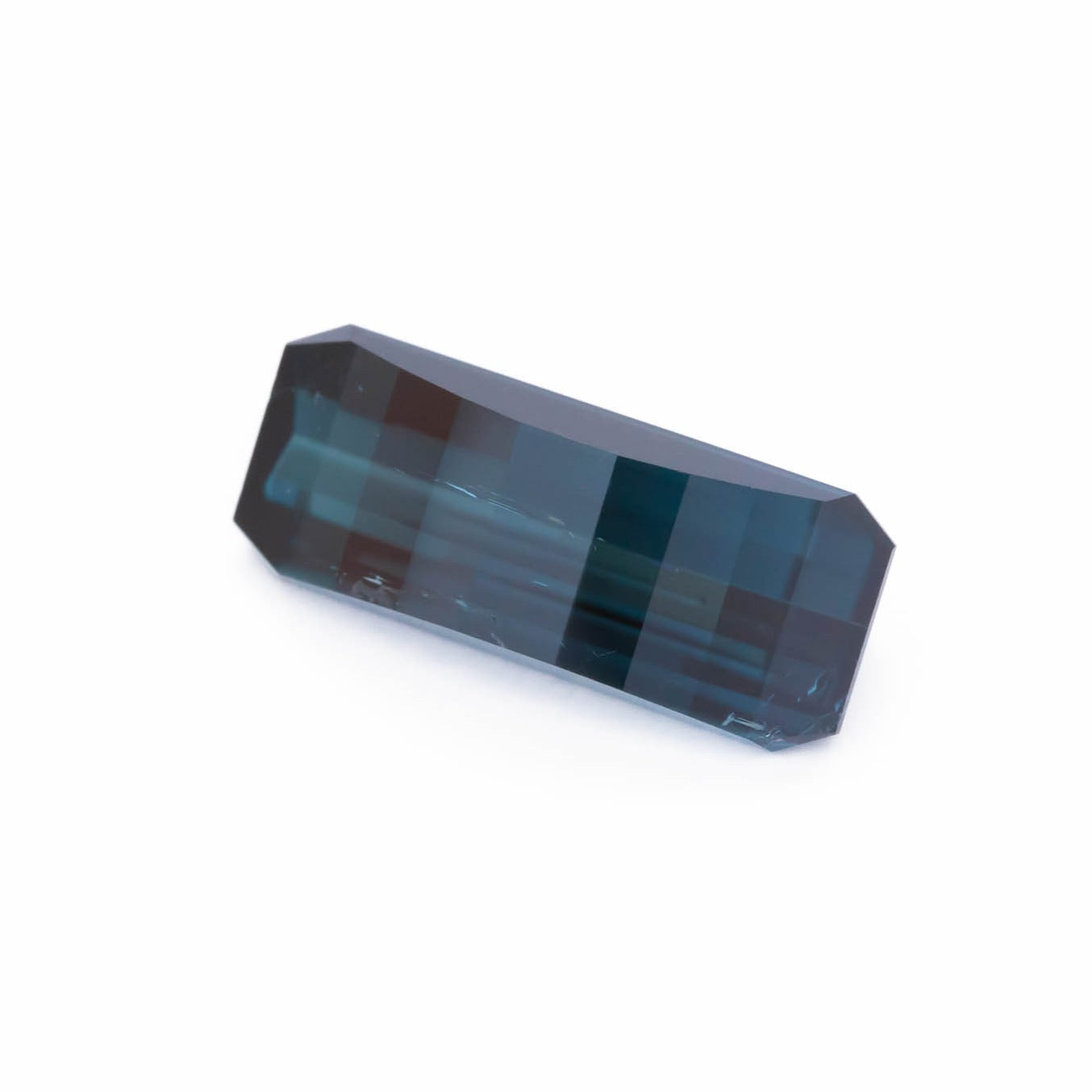
Indicolite: With its rich blue to greenish-blue tones, this Tourmaline must have blue as the dominant color to be considered a true Indicolite. The color is often well-saturated and vibrant. While Paraiba often takes the spotlight, this stunning gem is worth searching for.
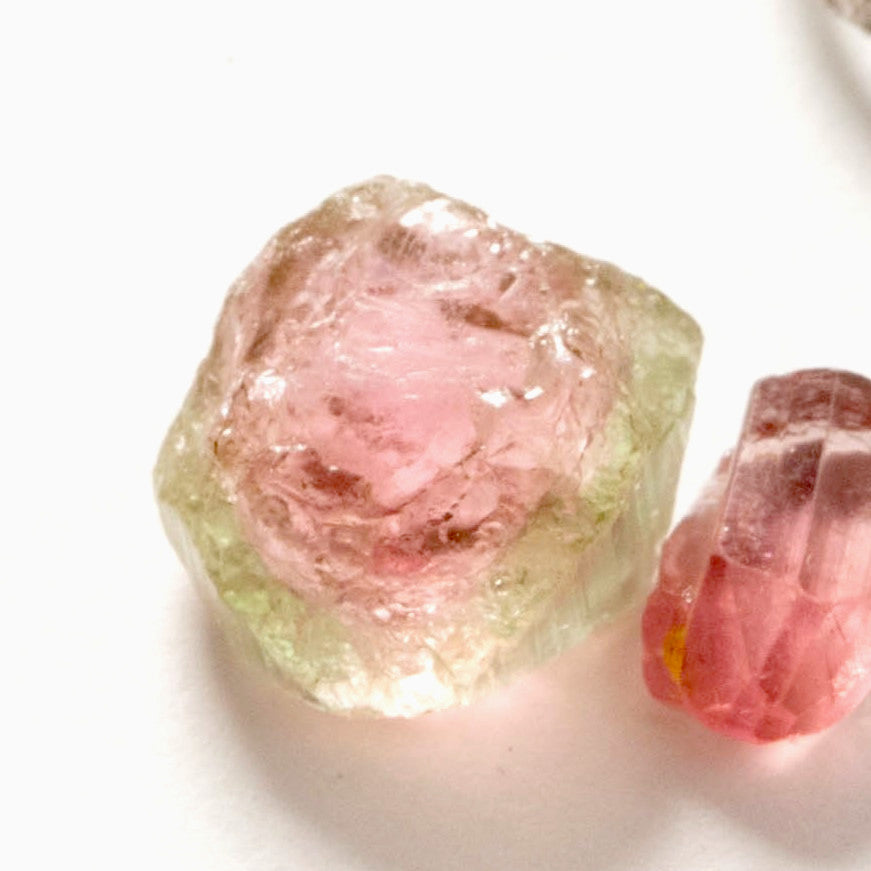
Watermelon Tourmaline: Just as its name suggests, this variety has a charming characteristic, exhibiting a green exterior and a pink to red interior - resembling a slice of watermelon! The Watermelon Tourmaline is often seen in slabs so the full effect can be seen, but with careful cutting, and the right rough, it can be faceted into a bi-color that shows off this coloring.
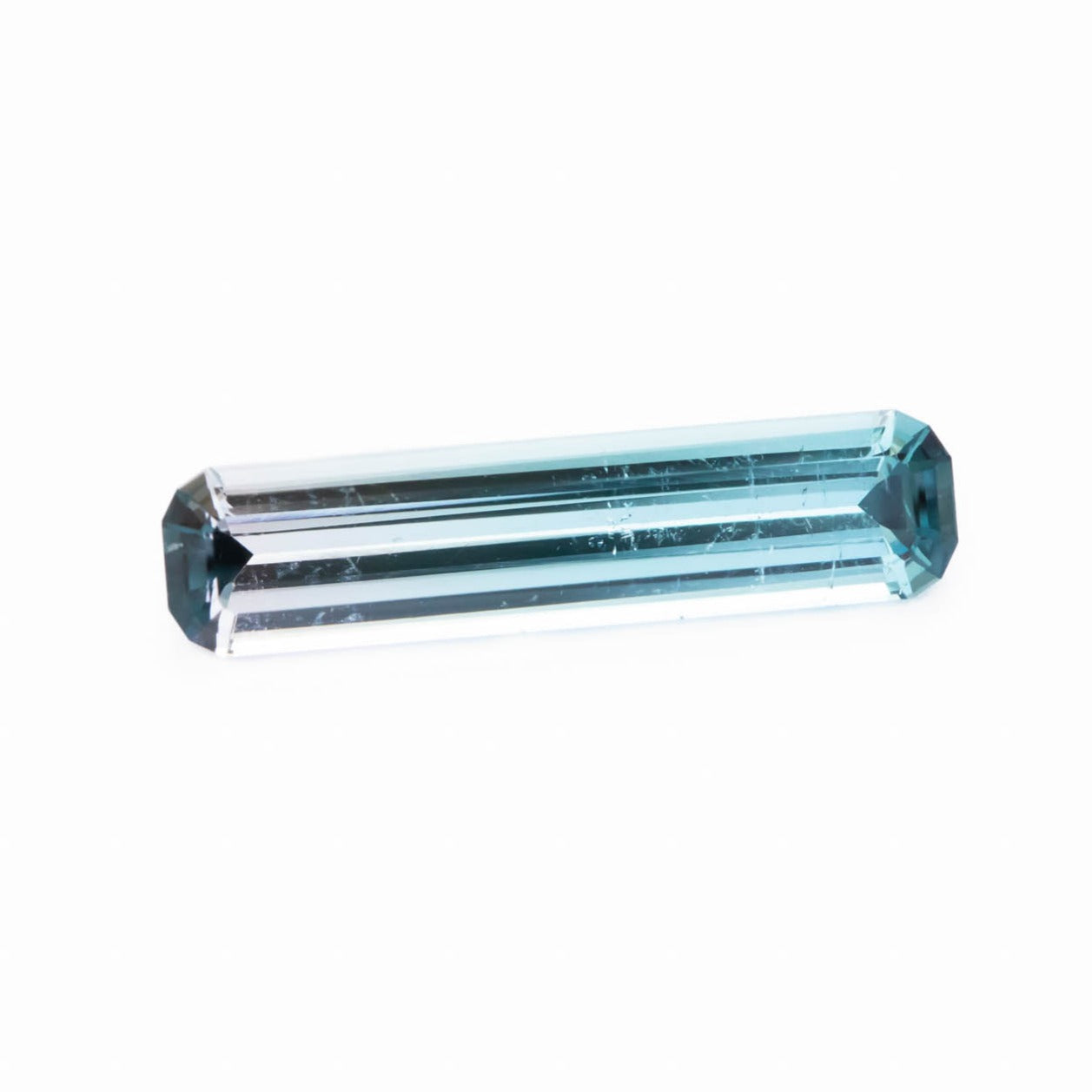
Bi-Color Tourmaline: These gemstones display two or more distinct colors within the same crystal, creating mesmerizing patterns and transitions between colors. The most common colorings found are typically in the pink, blue, green, and colorless range.
Paraiba Tourmaline: Among some of the world’s most prized gemstones is the rare Paraiba Tourmaline. Their intense blue to blue-green color has a neon quality that makes them seem to glow. While Paraiba Tourmaline is so rare to find, we have included a lab-created YAG that exhibits a very similar effect and coloring.
Historical Significance
The word "tourmaline" is believed to have been derived from the Sinhalese term "tura mali," which translates to "stone with mixed colors." Throughout history, Tourmaline has been an important gem with great cultural significance. Ancient Egyptians believed this gem broke through a rainbow while pushing their way out of the earth. Their stunning array of colors certainly makes it seem like they did!
Found in nearly every corner of the world, including America, South America, Russia, Africa, and Asia, its color range, hardness, and brilliance make Tourmaline a wonderful choice for today’s jewellery.
Conclusion
Tourmaline's enchanting varieties offer a fascinating blend of colors, history, and spiritual significance. Its uniqueness and diversity make it a cherished gemstone for collectors, jewellery enthusiasts, and individuals seeking emotional and spiritual balance and continues to captivate the hearts and minds of those who explore its vibrant world.
As you consider the beauty and mystique of Tourmaline, remember that its allure goes beyond the surface, delving into a realm of symbolism and legend that has fascinated humanity for centuries.
